- An Environmental Product Declaration (EPD) is a standardized, third-party verified report that provides transparent data about a product's environmental impact across its entire life cycle.
- The process is based on a Life Cycle Assessment (LCA) and follows specific Product Category Rules (PCR) to make sure data is consistent and comparable.
- Benefits for businesses include regulatory compliance, gaining a competitive advantage, building stakeholder trust, and identifying opportunities for cost and emission reductions in the supply chain.
- EPDs are valuable in industries like construction, where they contribute to green building certifications such as LEED.
- As market and regulatory pressures for transparency increase, EPDs are becoming a strategic necessity for demonstrating credible environmental accountability.
With vague claims about sustainability, showing proof of your product's environmental performance is how you build real trust.
This is where an Environmental Product Declaration, or EPD, becomes essential.
Think of it as a transparent, fact-based report card for your product's impact on the planet, from the raw materials used to its end-of-life. It cuts through the noise of green marketing by providing standardized and verified data.
For companies looking to demonstrate their commitment to sustainability, an Environmental Product Declaration provides a clear path. It moves environmental claims from the marketing department to the operations team, backing them with verifiable data.
At Arbor, we specialize in simplifying the complex data collection behind these declarations, helping you measure and communicate your product's carbon footprint with confidence.
The core definition: What is an environmental product declaration?
So, what is an environmental product declaration when you get down to it?
An EPD is a standardized document that communicates the potential environmental and human health impacts of a product. The information in an EPD is based on a comprehensive Life Cycle Assessment (LCA), which analyzes every stage of a product's life.
This process is governed by international standards, primarily ISO 14025, which classifies EPDs as Type III environmental declarations. This classification means the data is quantified, comprehensive, and, most importantly, independently verified by a third party.
Here’s a simple analogy: an EPD is like a nutrition label for a product's environmental performance.
Instead of listing calories and sugar, it details metrics like:
- Global warming potential (carbon footprint)
- Water consumption
- Waste generation
- Air and water pollution
- And more
This level of detail provides a comprehensive view, enabling fair comparisons between products that serve the same purpose. We’ve compared the differences between an EPD, PCF and an LCA.
How is an EPD created? The process behind the label
Creating an EPD involves a systematic, multi-step process to ensure the final document is accurate and credible. While it might seem complex, it can be broken down into five main phases.
Step 1: Find the correct Product Category Rules (PCR)
Before you can conduct an LCA, you need to identify the specific Product Category Rules (PCR) for your product. PCRs are the set of specific guidelines and requirements for conducting LCAs and creating EPDs for a particular product group, like cement or office chairs.
They make sure every EPD for a similar product is calculated in the same way, allowing for direct comparisons. If a PCR for your product doesn't exist, one may need to be developed.
Step 2: Conduct a Life Cycle Assessment (LCA)
With the PCR as your guide, the next step is to perform a Life Cycle Assessment. This is the technical backbone of the EPD. The LCA gathers data on all the inputs and outputs throughout your product's life cycle.
This includes:
- Raw material extraction
- Transportation of materials
- Manufacturing processes
- Product use phase
- End-of-life (recycling, disposal)
This assessment quantifies the environmental impacts associated with each stage. Platforms like Arbor automate the calculation of PCFs (Product Carbon Footprint), a key component of an LCA, making this step faster and more manageable.
{{cta}}
Step 3: Compile the EPD report
Once the LCA is complete, the data is compiled into the EPD format. This report presents the LCA results according to the structure defined by the PCR. It translates complex technical data into a clear and accessible document for stakeholders, including architects, procurement managers, and consumers.
Step 4: Third-party verification
To guarantee credibility, the LCA and the EPD report must be reviewed by an independent and approved third-party verifier. This expert checks that the LCA conforms to the PCR and that the data is accurate and reliable. This verification is what makes an EPD a trusted source of environmental information. It confirms that you have followed the rules and that your claims are sound.
Step 5: Registration and publication
After successful verification, the EPD is registered and published by a program operator. It is then made available in an environmental product declaration database, where it can be accessed by the public. This final step completes the process, making your product's environmental performance transparent and easily accessible.
Why should your company care about environmental product declarations?
Adopting EPDs is more than a reporting exercise; it is a strategic business decision that offers tangible benefits.
For sustainability leaders, EPDs return a great investment; it’s a tool for saving money, gaining a competitive advantage, and building a resilient brand.
Achieve regulatory compliance
Governments worldwide are introducing stricter regulations on environmental claims and carbon emissions. EPDs provide the verified data needed to meet these requirements and avoid penalties associated with greenwashing.
Gain a competitive edge
In B2B purchasing, particularly in the construction and manufacturing sectors, EPDs are increasingly being requested in tenders. Having an EPD can be the deciding factor that wins you a contract over a competitor.
Build trust and transparency
An EPD demonstrates a commitment to transparency. It shows your customers, investors, and other stakeholders that you are serious about managing your environmental impact and are willing to back up your claims with data.
Identify cost and impact hotspots
The LCA process required for an EPD gives you a detailed map of your supply chain's environmental impact. For example, this analysis helps identify emission hotspots, areas where emissions and costs are highest. You can then target these areas for efficiency improvements, reducing both your carbon footprint and operational expenses.
Qualify for green building certifications like LEED
An environmental product declaration is particularly valuable in the construction sector. Products with EPDs contribute points toward green building certifications such as LEED (Leadership in Energy and Environmental Design) and BREEAM. This makes your products more attractive to architects and builders working on sustainable projects.
Real-world EPD examples across different industries
To understand their practical application, let's explore several real-world Environmental Product Declaration examples.
These cases demonstrate how various industries, ranging from construction to apparel, utilize EPDs to convey their environmental performance and gain a strategic competitive advantage.
Arbor’s Sample Environmental Product Declaration (EPD)
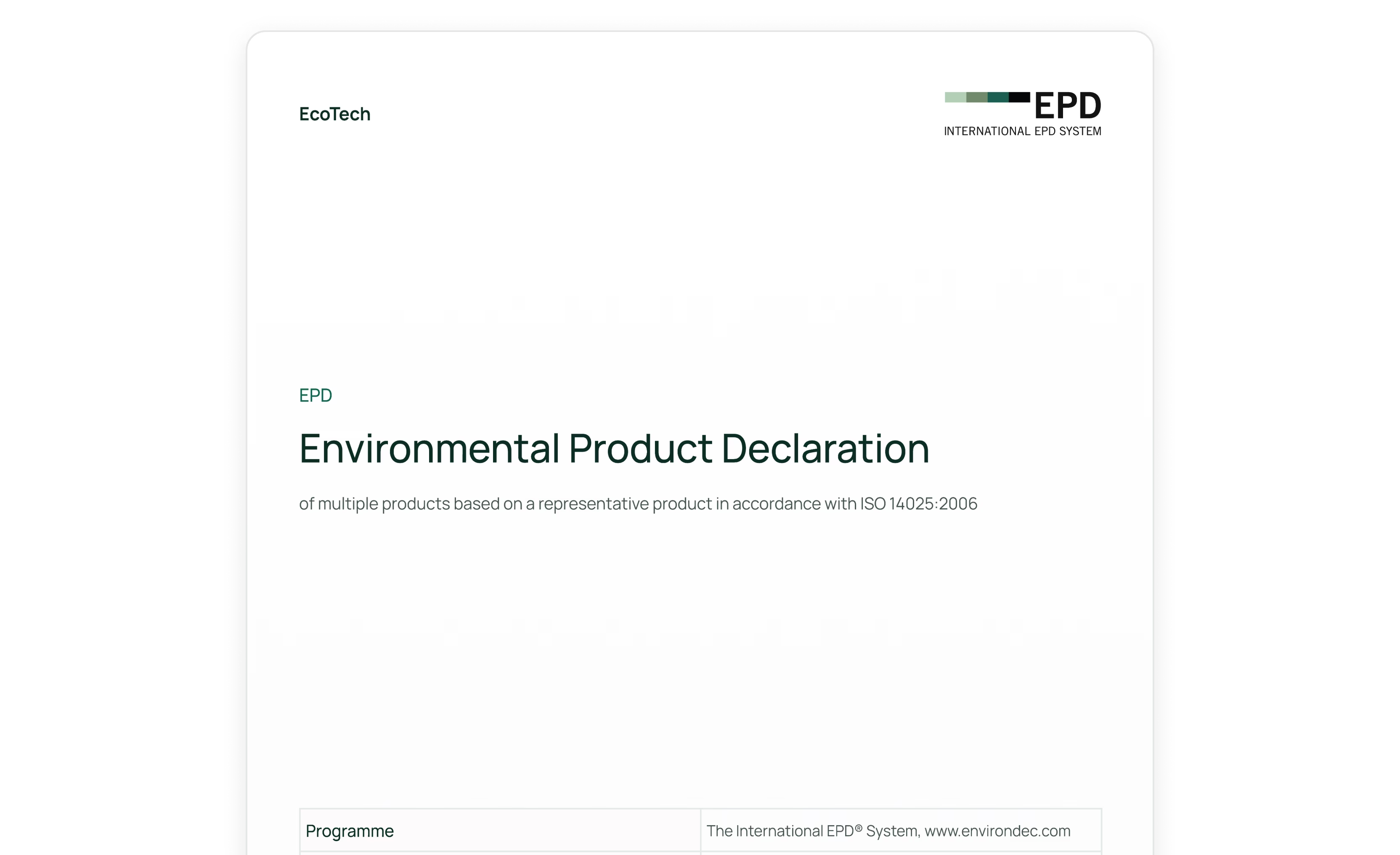
This sample Environmental Product Declaration for the "TrailRunner V2" shoe was generated using Arbor's platform for an example customer, EcoTech.
It showcases how our software automates the complex Life Cycle Assessment (LCA) process, translating detailed product data into a standardized, third-party verifiable report.
This efficient process saves Arbor’s customers hundreds of hours, delivering a clear and credible EPD that communicates environmental performance from cradle to grave.
Automate your product's EPD with Arbor
Furniture
Office Chair EPD
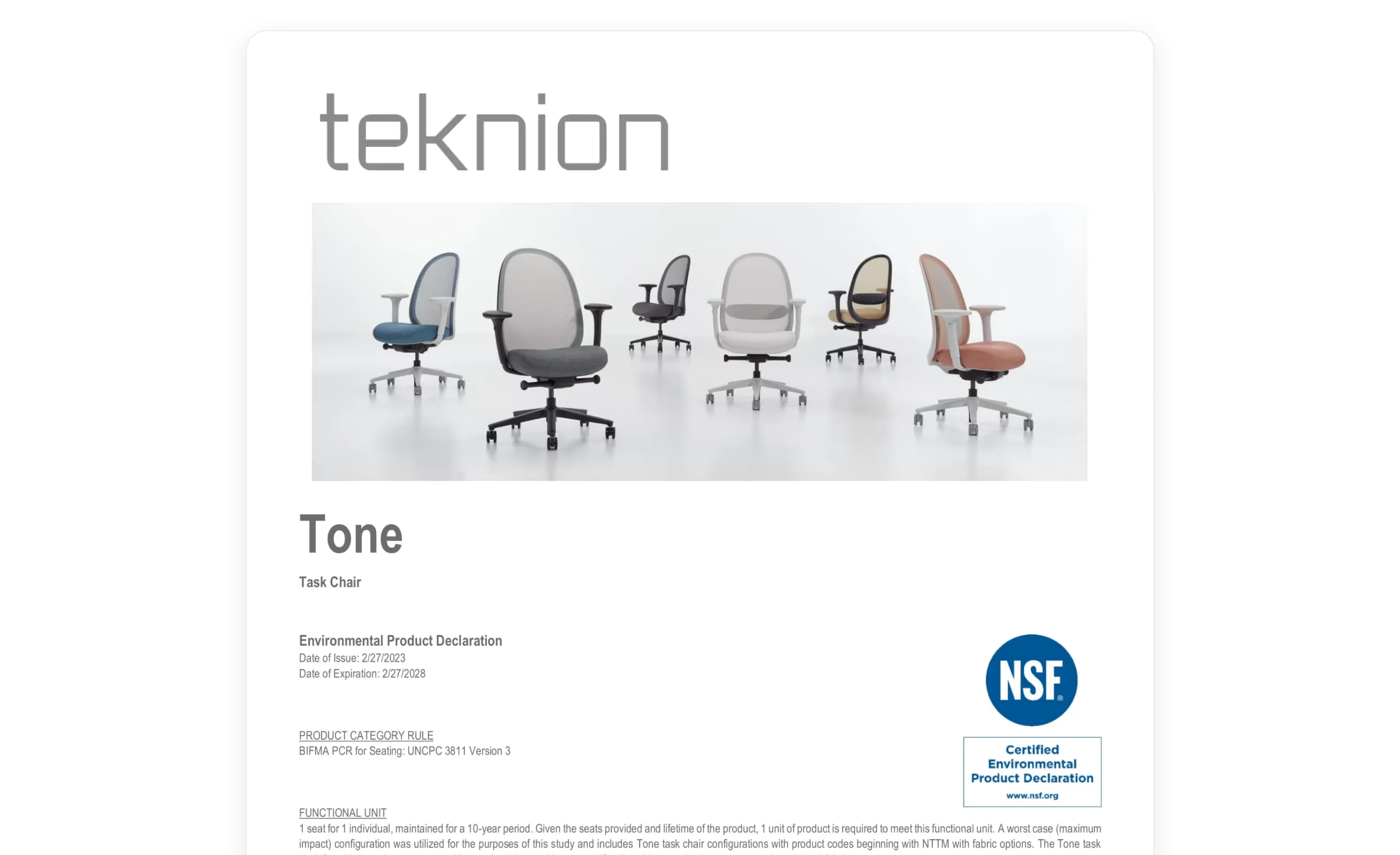
This EPD for the Teknion Tone task chair illustrates the framework's application to complex, assembled products. It is a classic B2B procurement tool used by architects and designers to compare furniture from different manufacturers for large commercial projects. The primary driver for its creation is to meet the material transparency requirements of green building certifications like LEED.
Apparel & Footwear
T-Shirt EPD
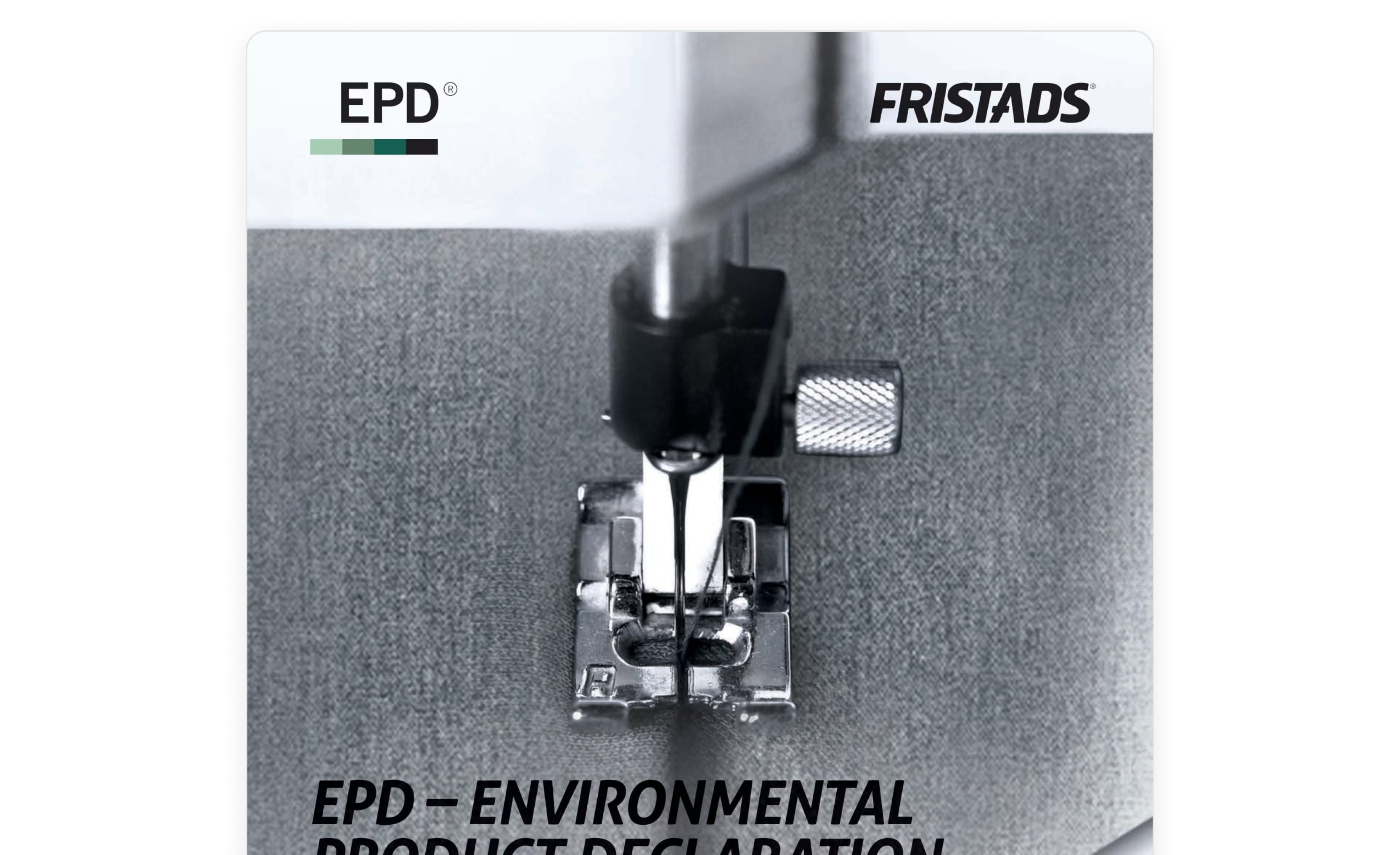
Workwear company Fristads used this EPD as the centrepiece of a product launch, marketing its "Green T-shirt" as the world's first with an EPD. This EPD example quantifies and verifies the environmental benefits of specific innovations, such as the use of recycled materials and a waterless dyeing process. It allows Fristads to move beyond simple marketing claims to providing hard, verifiable data to its customers.
Footwear EPD
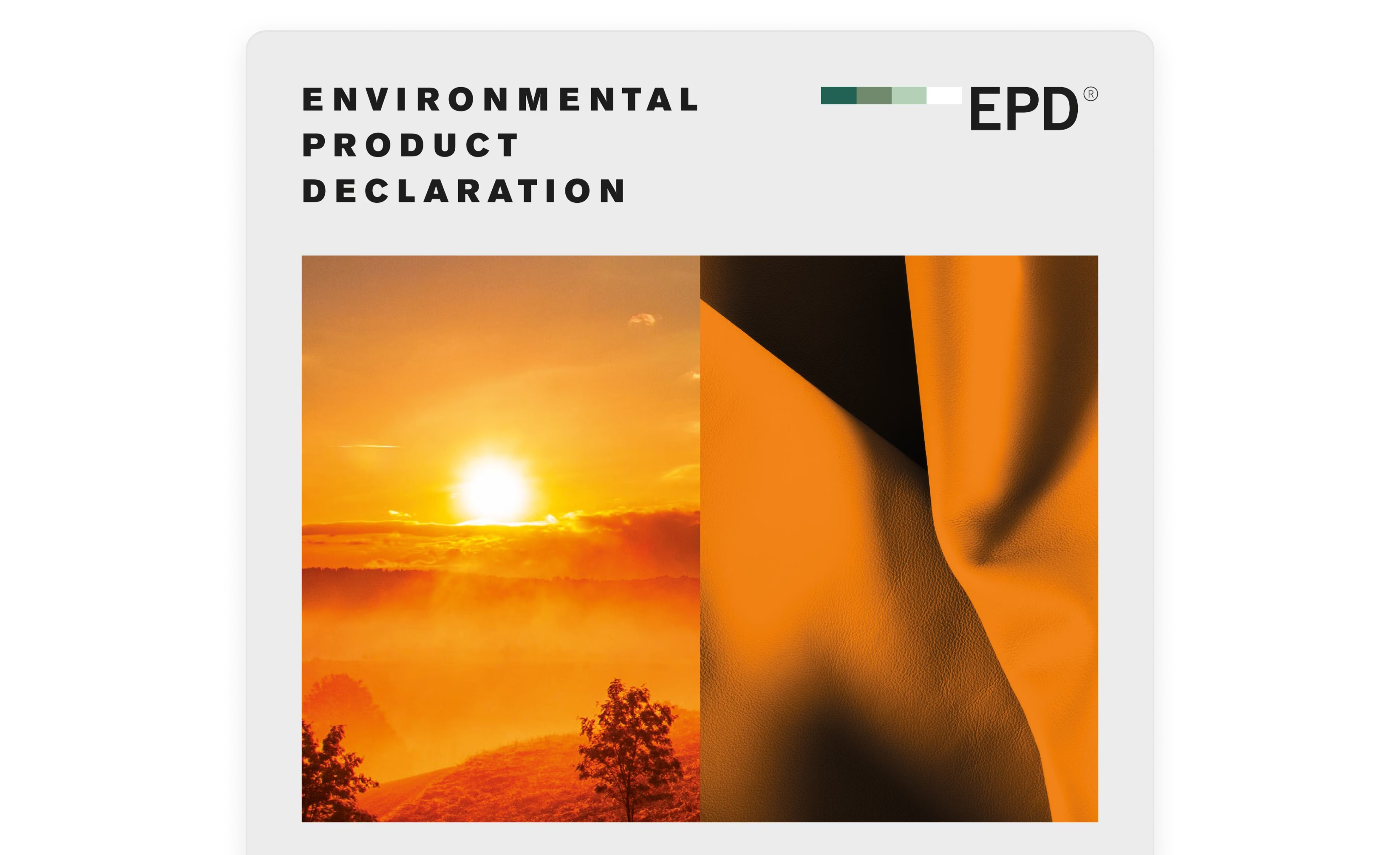
Description: In 2018, Italian footwear company AKU became the first in its sector to create an EPD for a shoe, a complex process that required intensive data collection across its supply chain. A critical component of this effort was utilizing the EPD from DANI, its leather supplier. This case highlights the challenge of creating EPDs for multi-component consumer goods and the importance of supply chain collaboration.
Construction
Steel Beam EPD
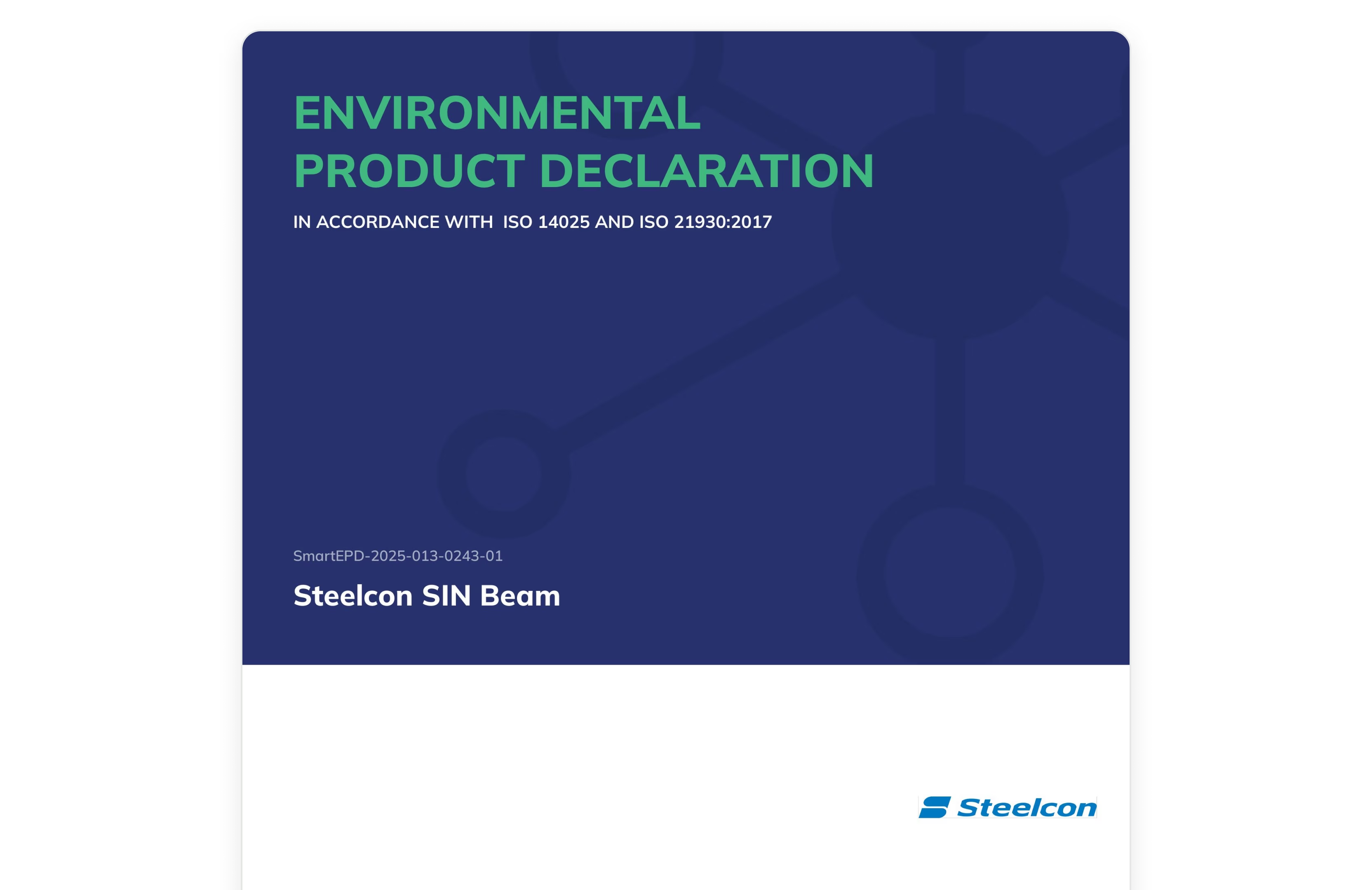
This plant-specific EPD covers a structural SIN Beam produced in Ontario, Canada. It provides highly accurate environmental data for a specific component, which allows architects and builders to precisely calculate the embodied carbon in their projects. Steelcon created this EPD example to help its clients meet carbon goals, turning a technical document into a tool for environmental leadership.
Concrete EPD
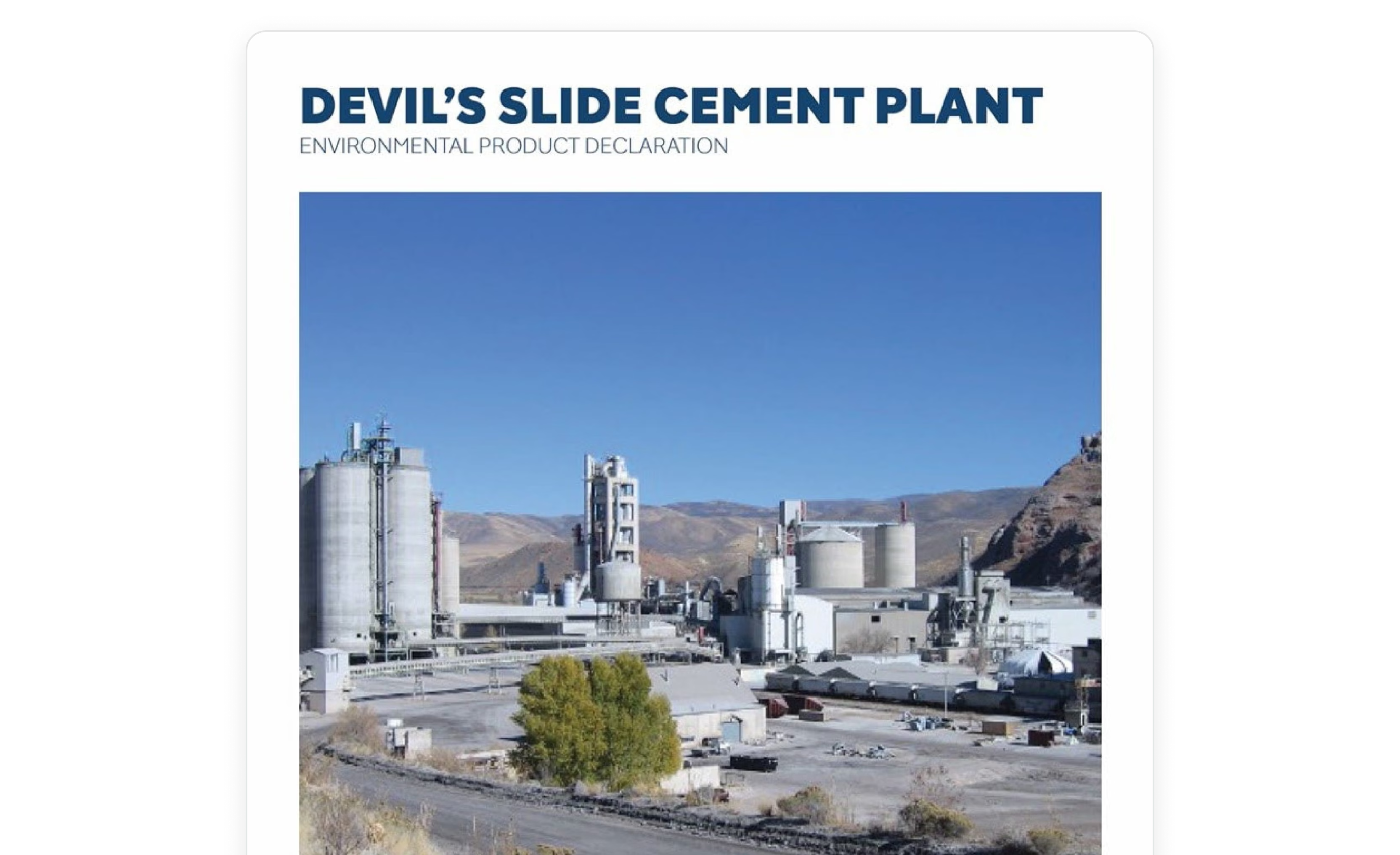
Global materials company Holcim publishes product-specific EPDs for its various ECOPact cement types. This EPD example illustrates how a single declaration can reveal performance differences between products, enabling specifiers to select lower-carbon options. It also identifies the energy-intensive clinker production as the main impact driver, giving Holcim a clear target for its decarbonization efforts.
The future of environmental transparency
The demand for transparent and data-driven sustainability is only growing. As stakeholders become more sophisticated, they expect more than just stories; they want numbers.
Environmental Product Declarations are quickly shifting from a voluntary badge of honour to a standard business practice for any company that produces physical goods.
Technology is making the EPD process more accessible. Automated platforms can expedite data collection and analysis, thereby reducing the time and cost associated with producing an LCA. This opens the door for more companies to adopt EPDs and participate in a more transparent market.
For your business, embracing EPDs is about preparing for the future. It positions your company as a leader in your industry, ready to meet the demands of regulators, customers, and a changing planet.
Ready to bring this level of clarity to your products?
Arbor's carbon accounting platform streamlines the data collection and analysis needed for a Life Cycle Assessment, the foundation of any Environmental Product Declaration.
Talk to a climate expert today to learn how you can start measuring your product's carbon footprint.
Measure your carbon emissions with Arbor
Simple, easy carbon accounting.
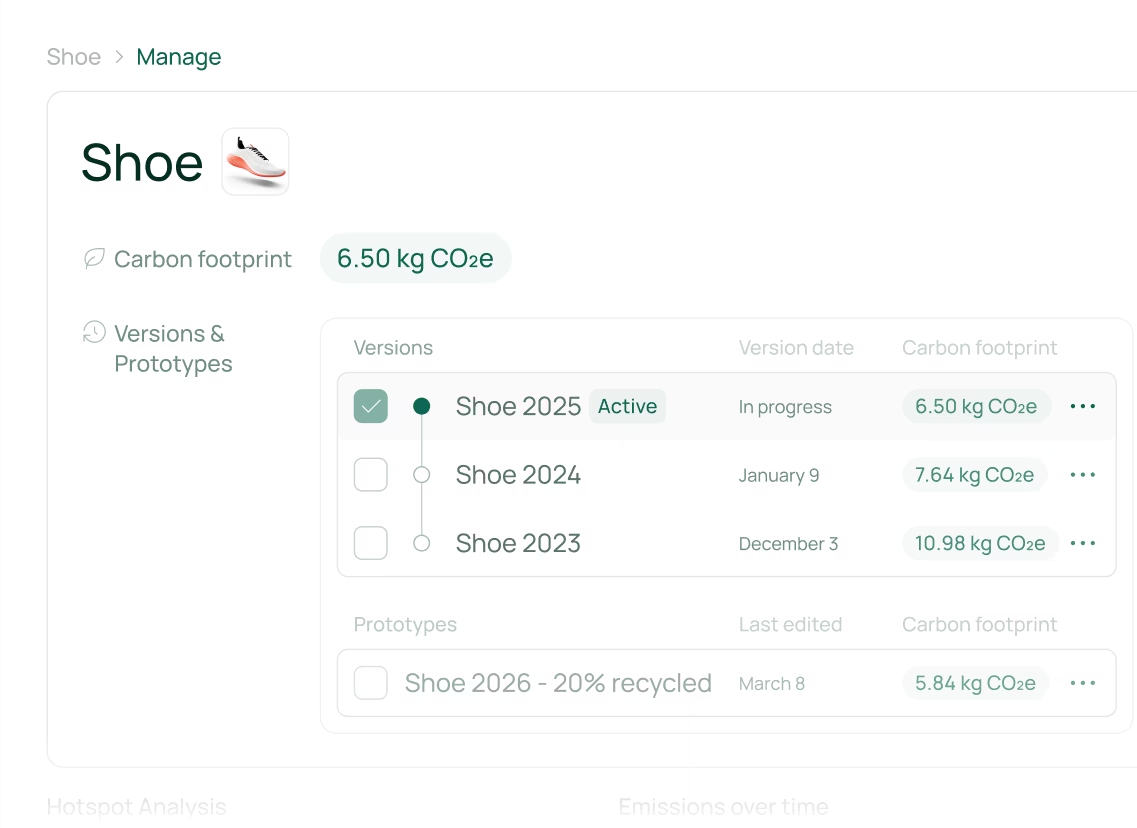


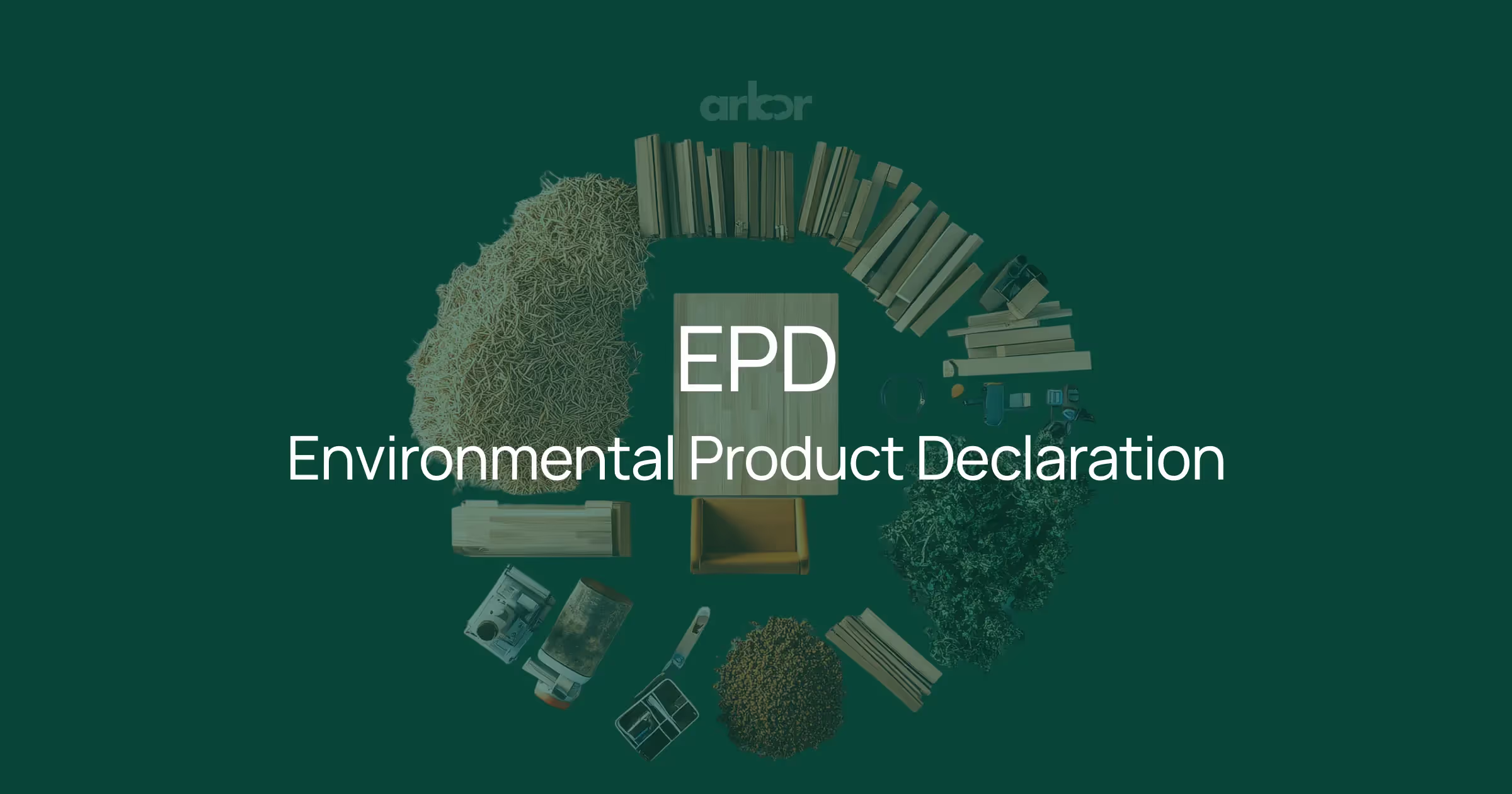

.webp)
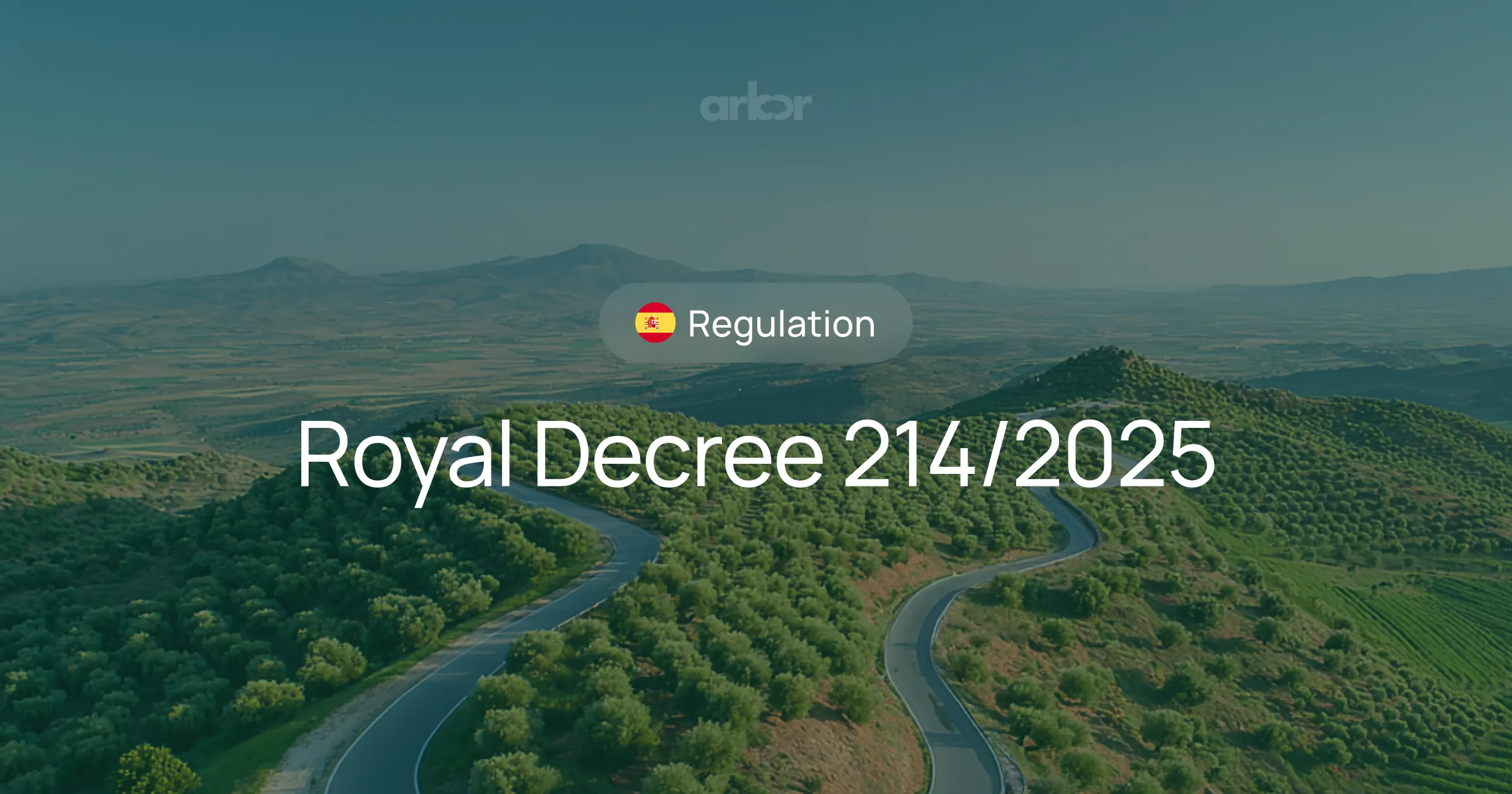



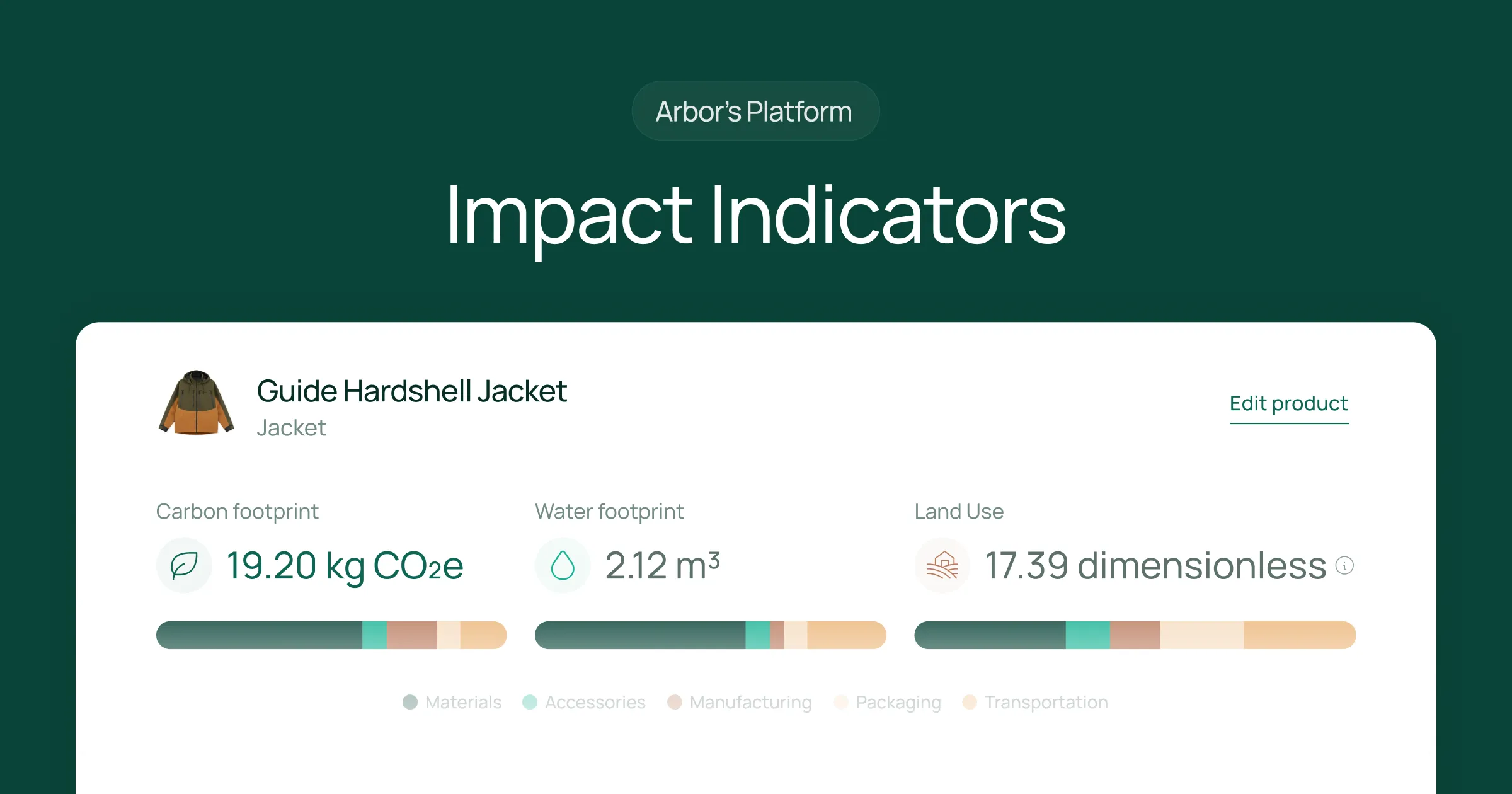
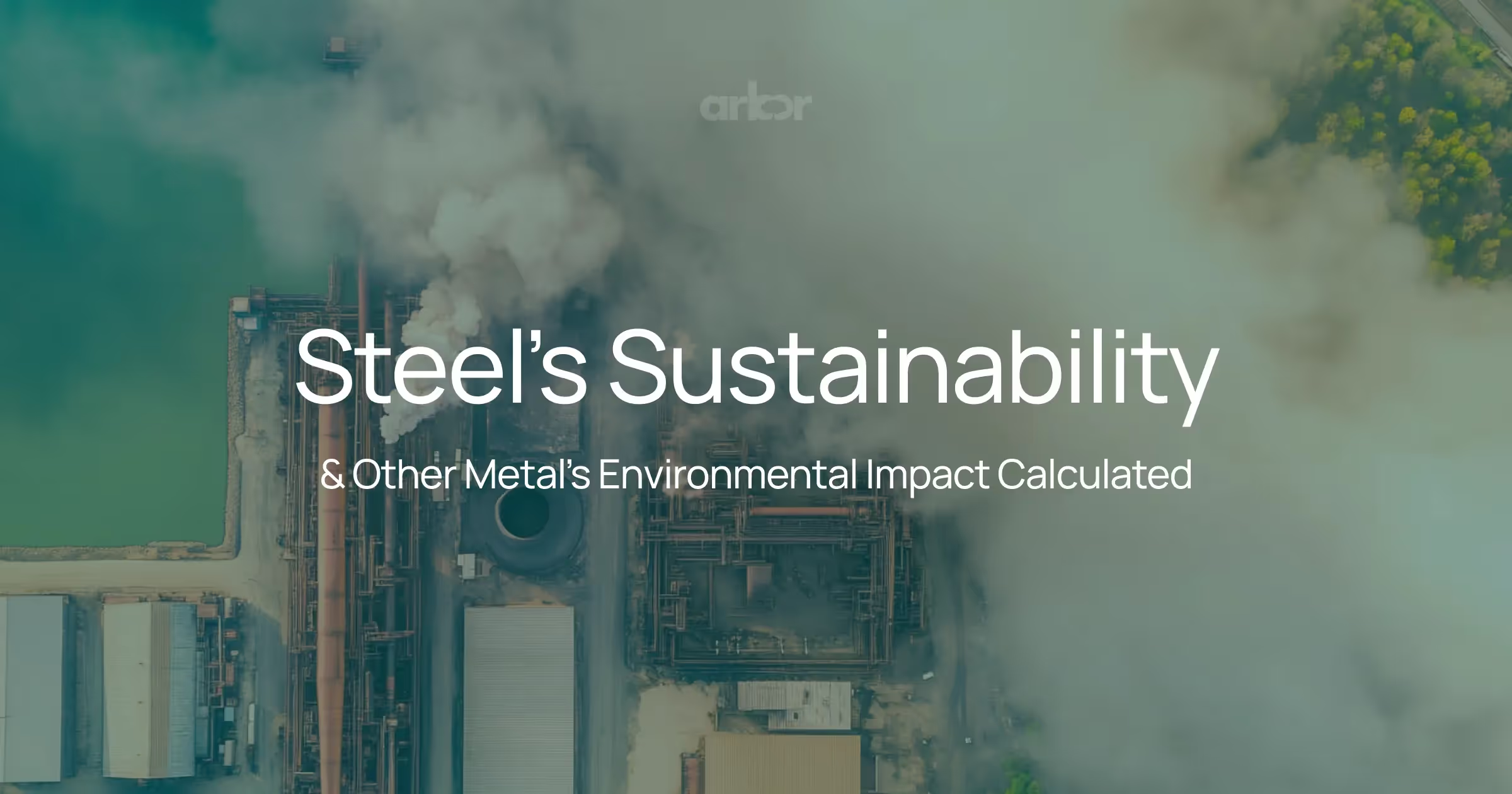

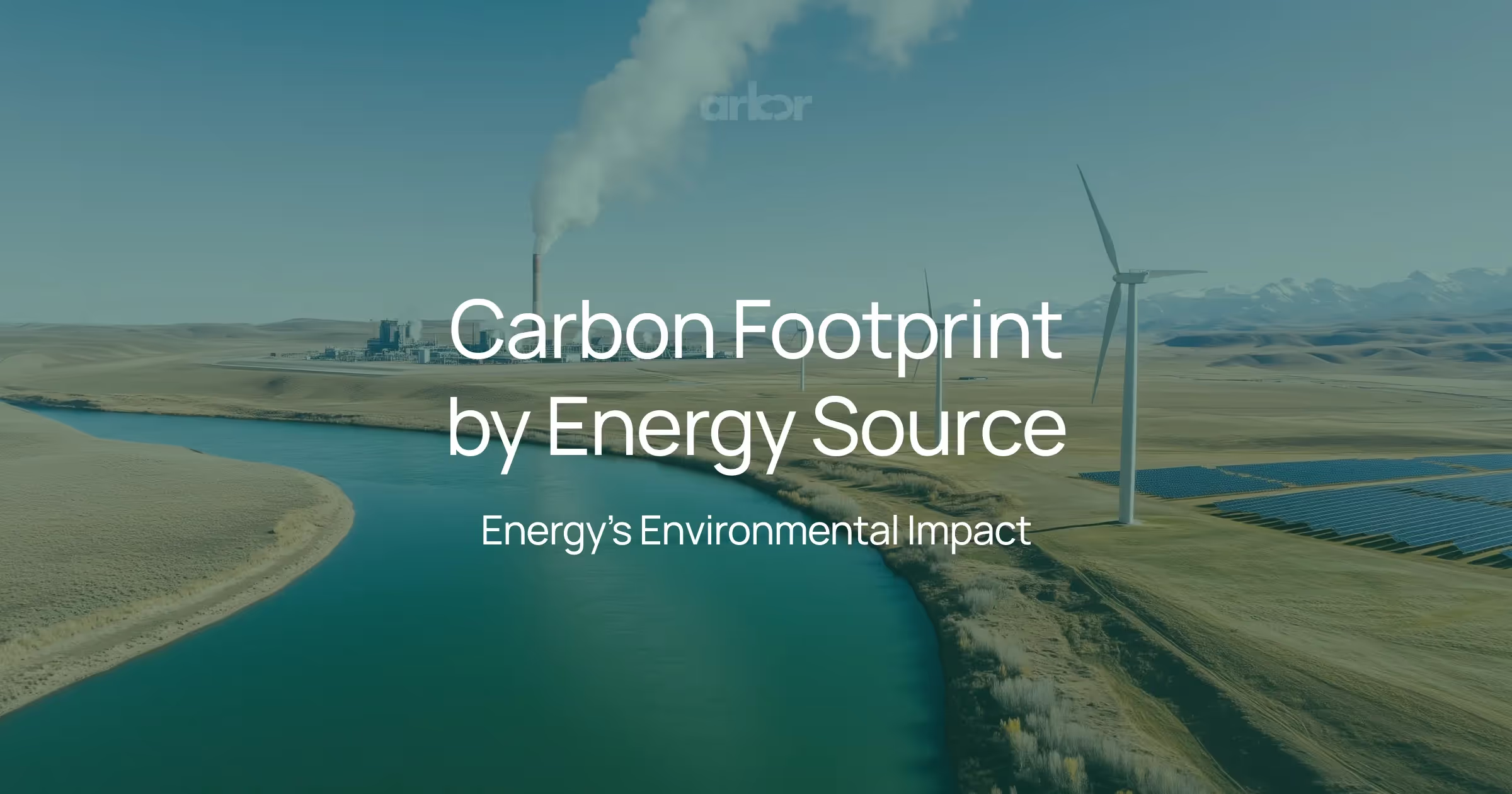
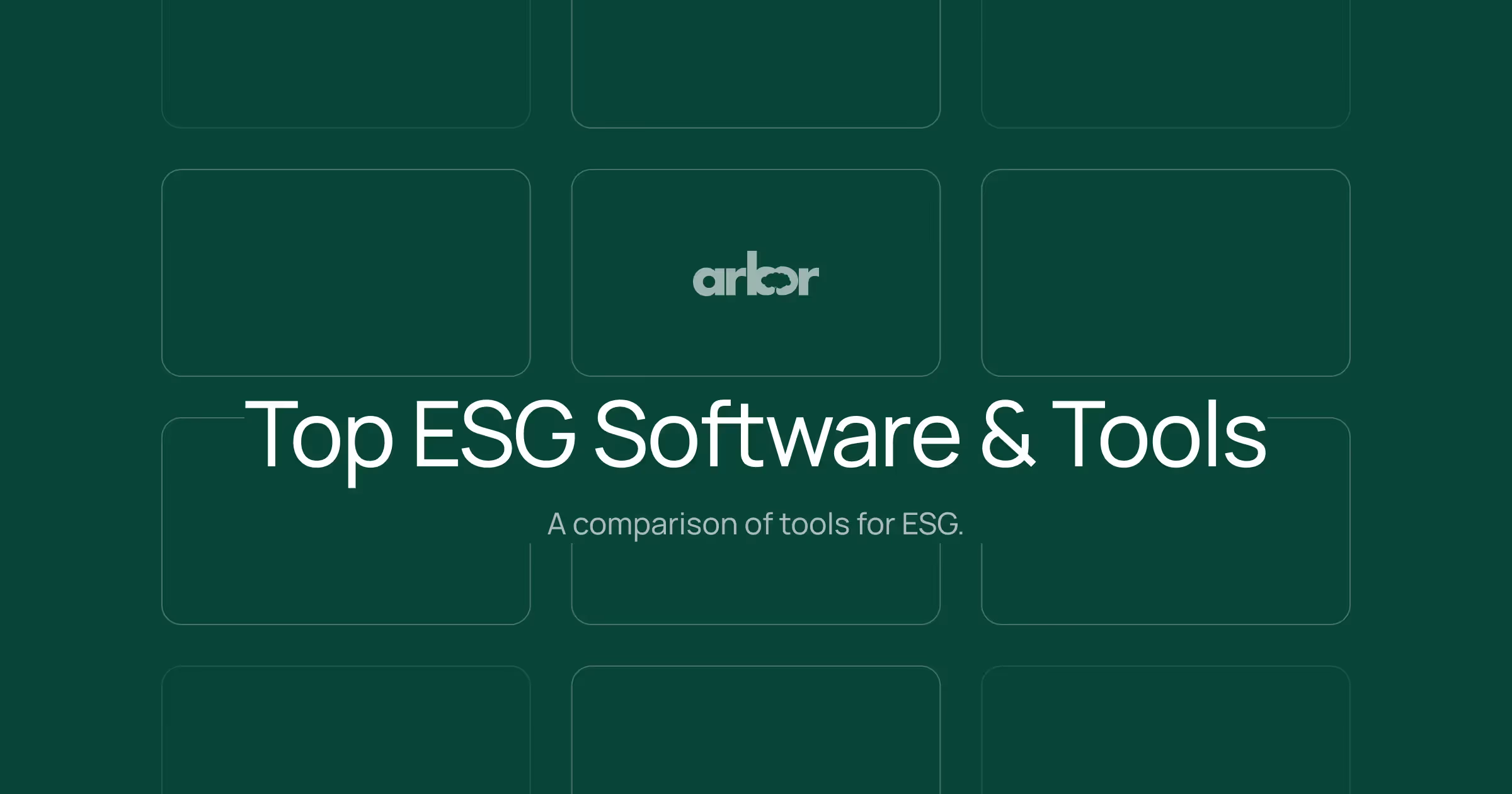
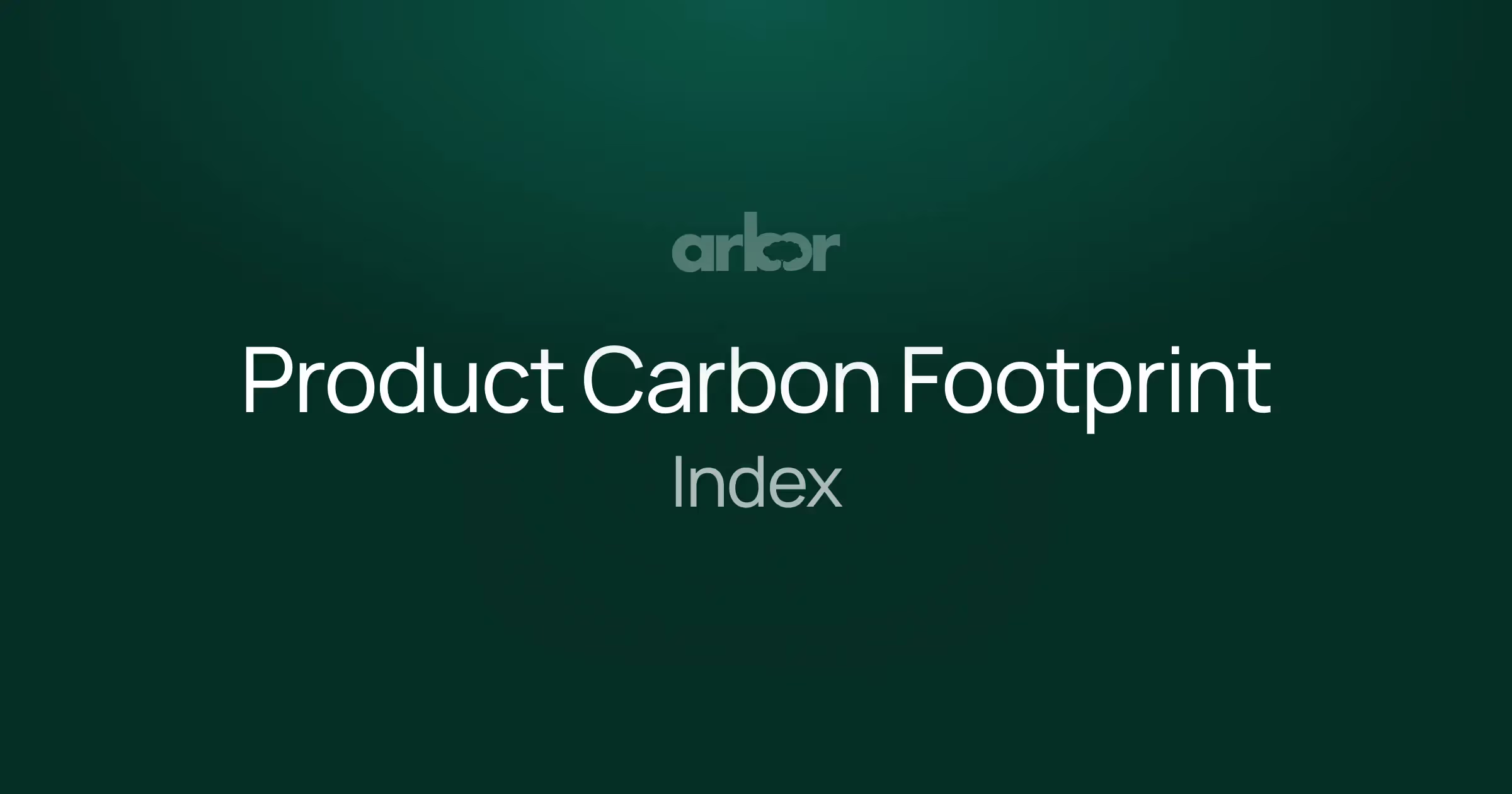
%20Arbor.avif)
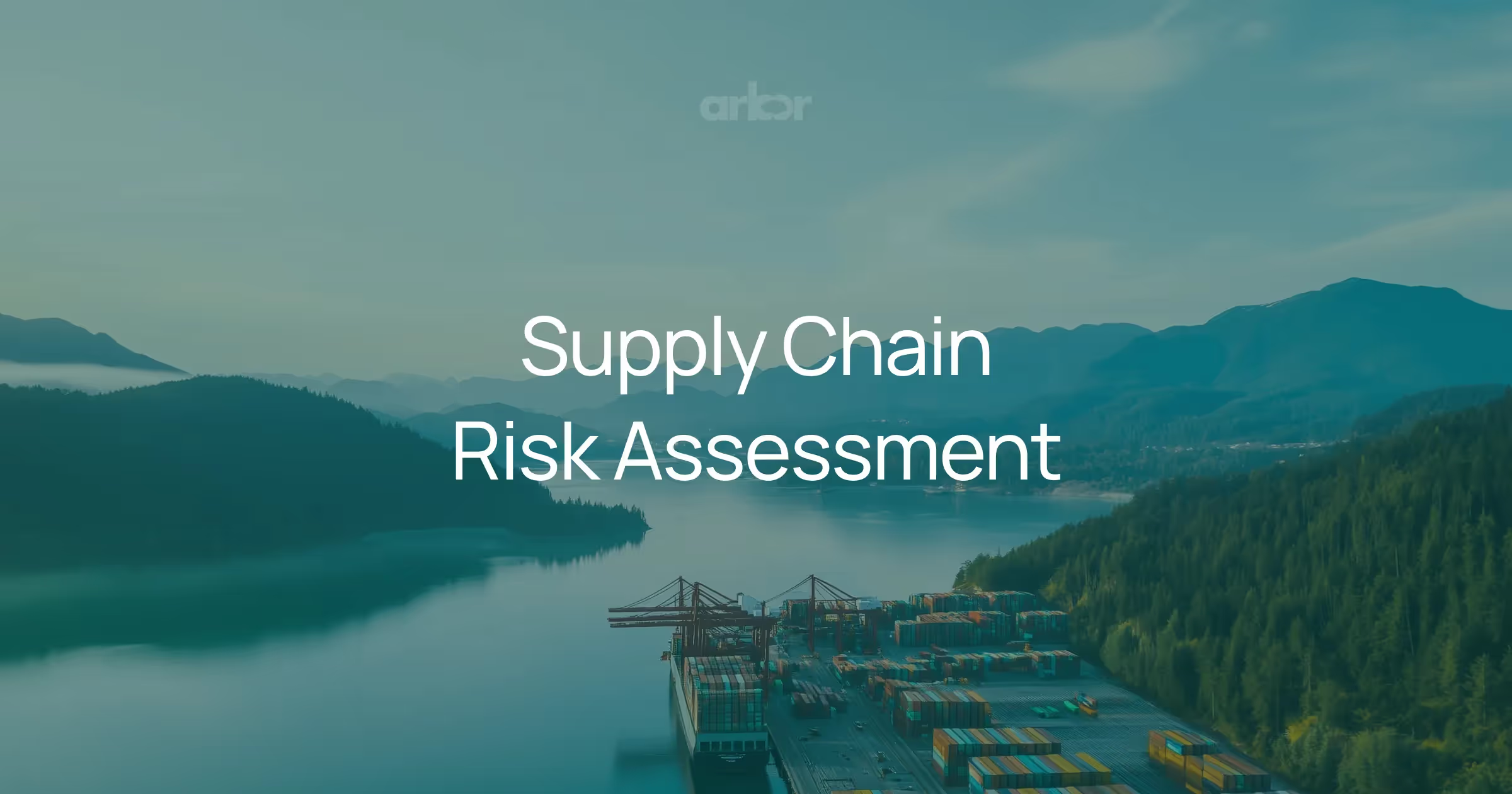
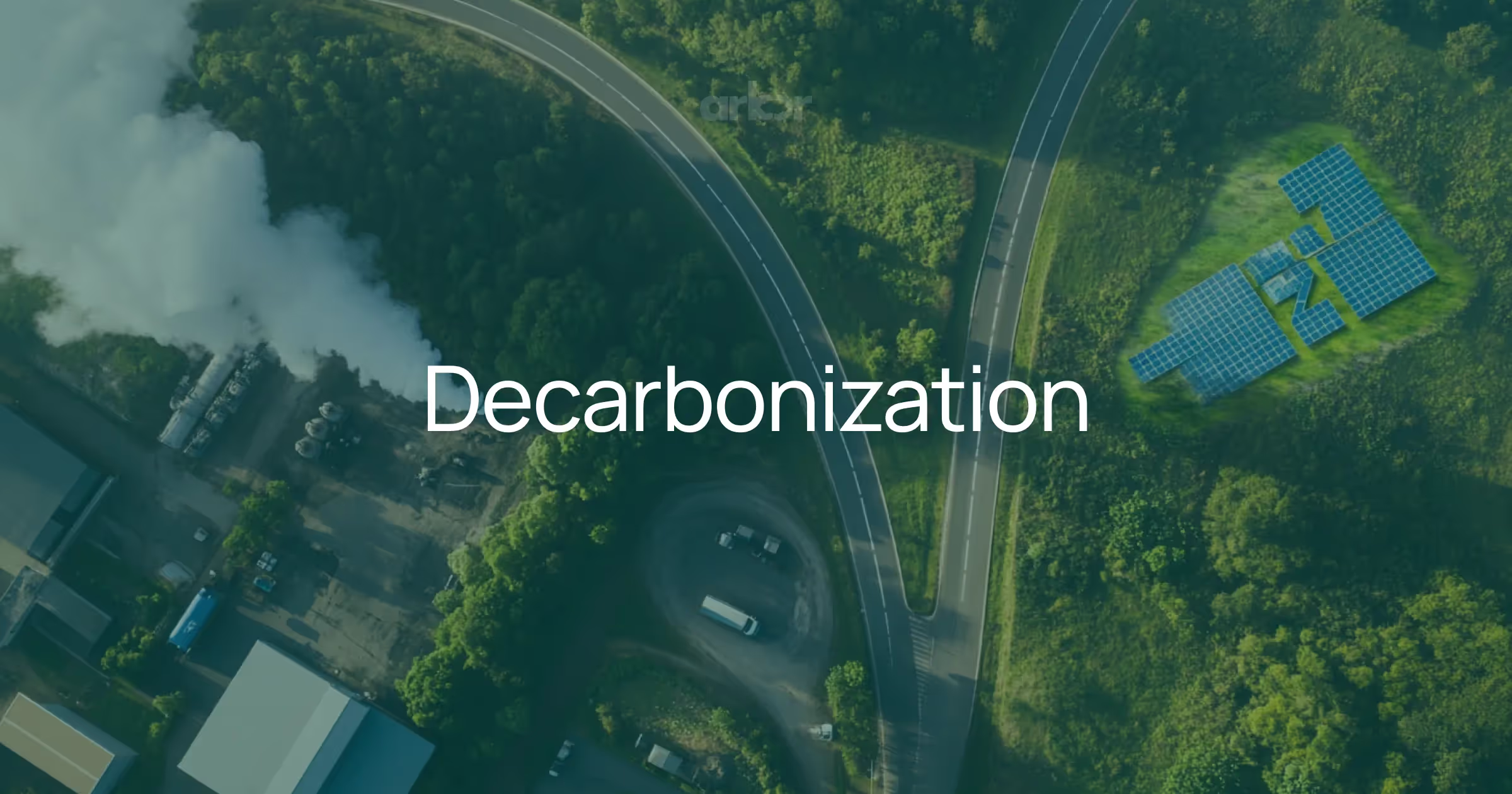



%20Arbor.avif)
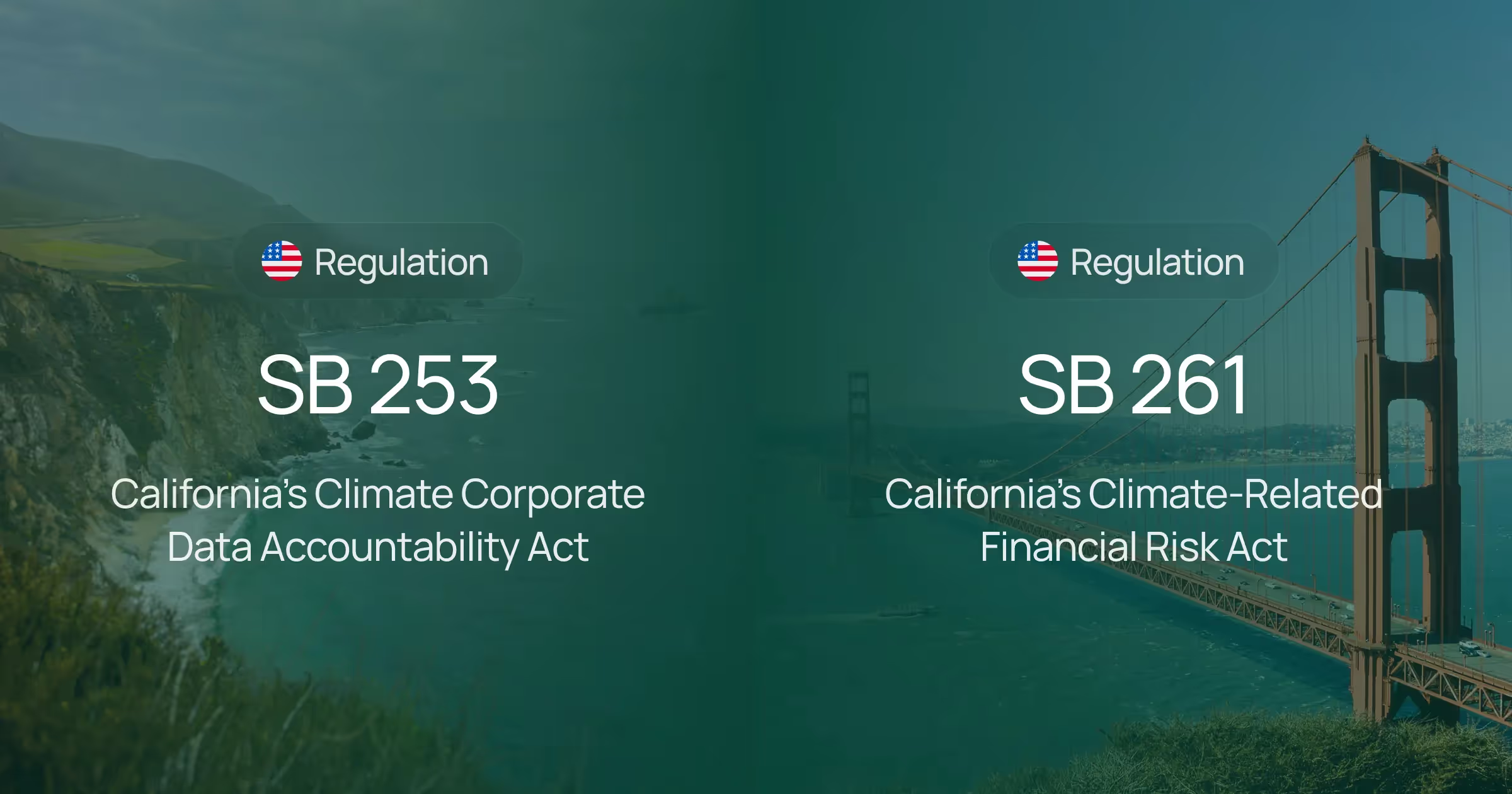

.avif)
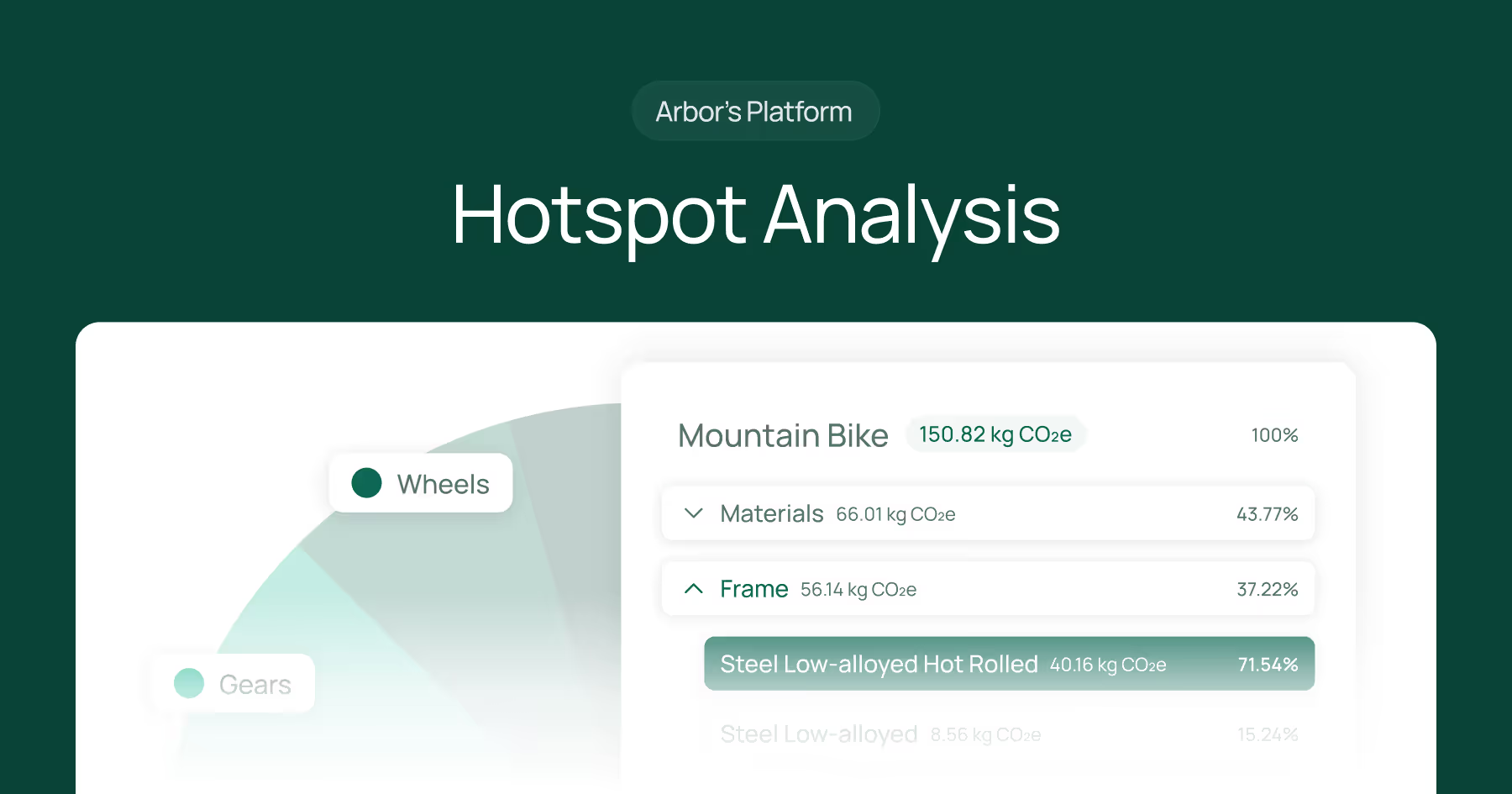


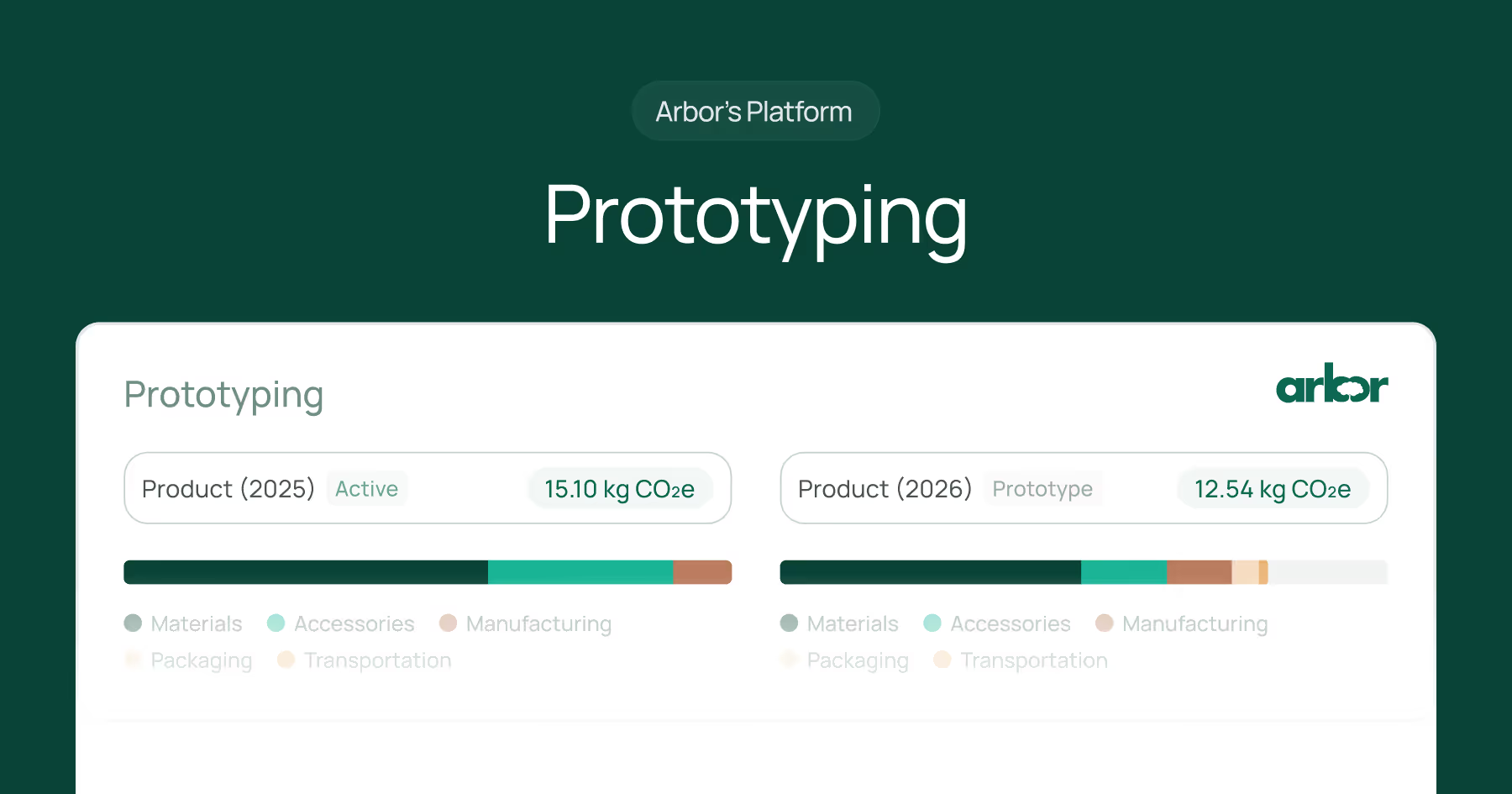
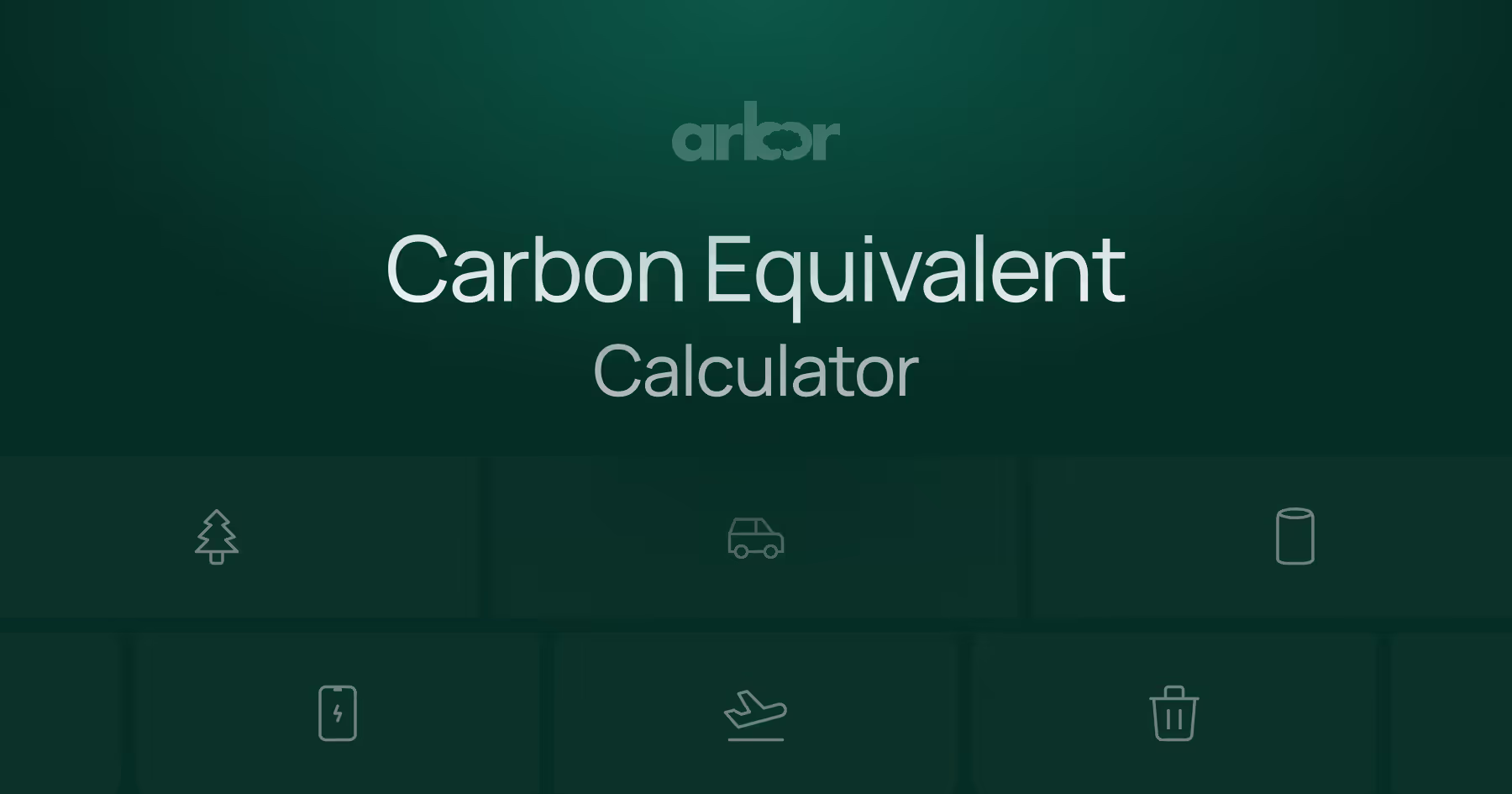

%20Arbor%20Canada.avif)
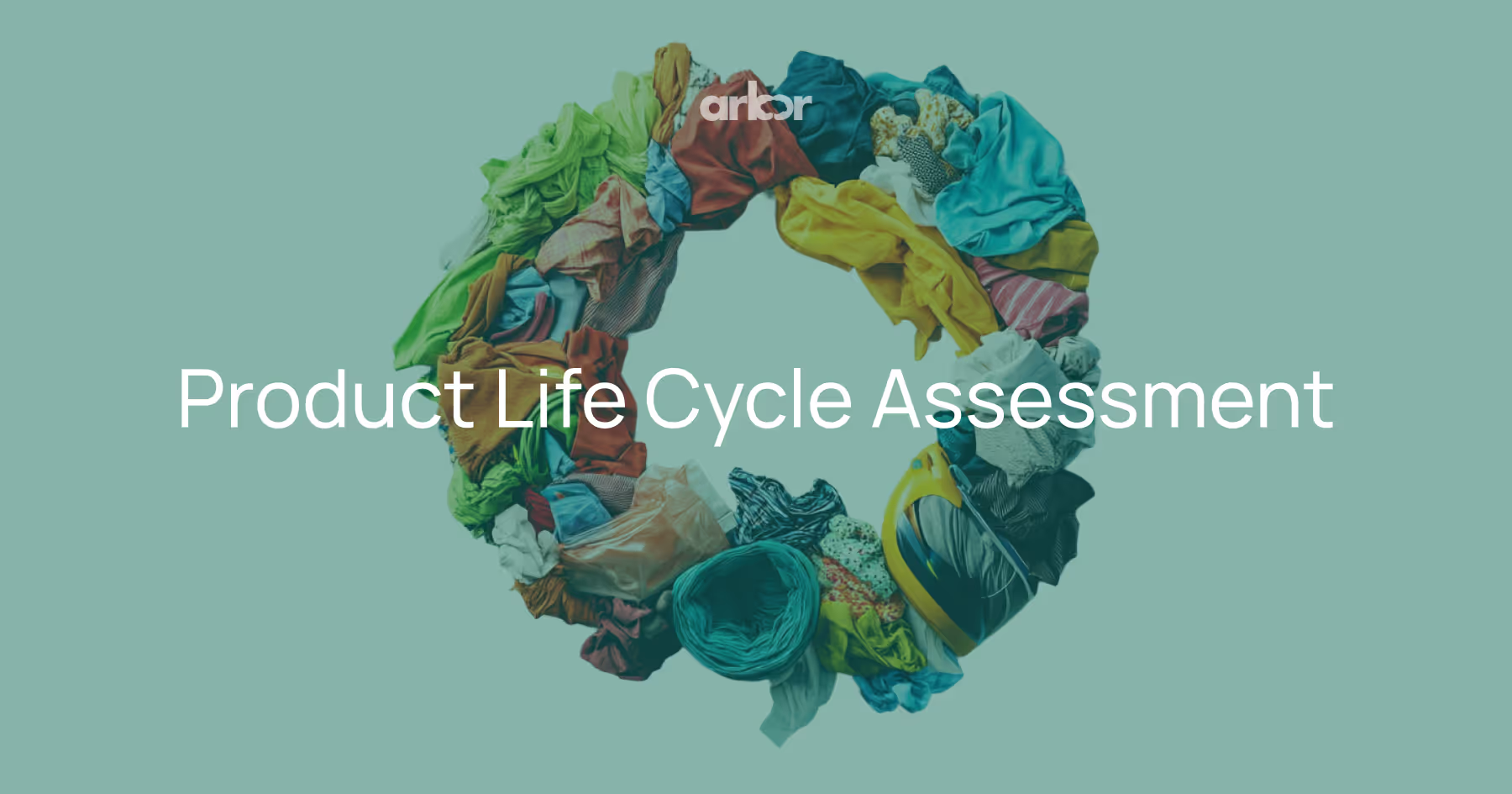
.avif)
%20Arbor.avif)
.avif)
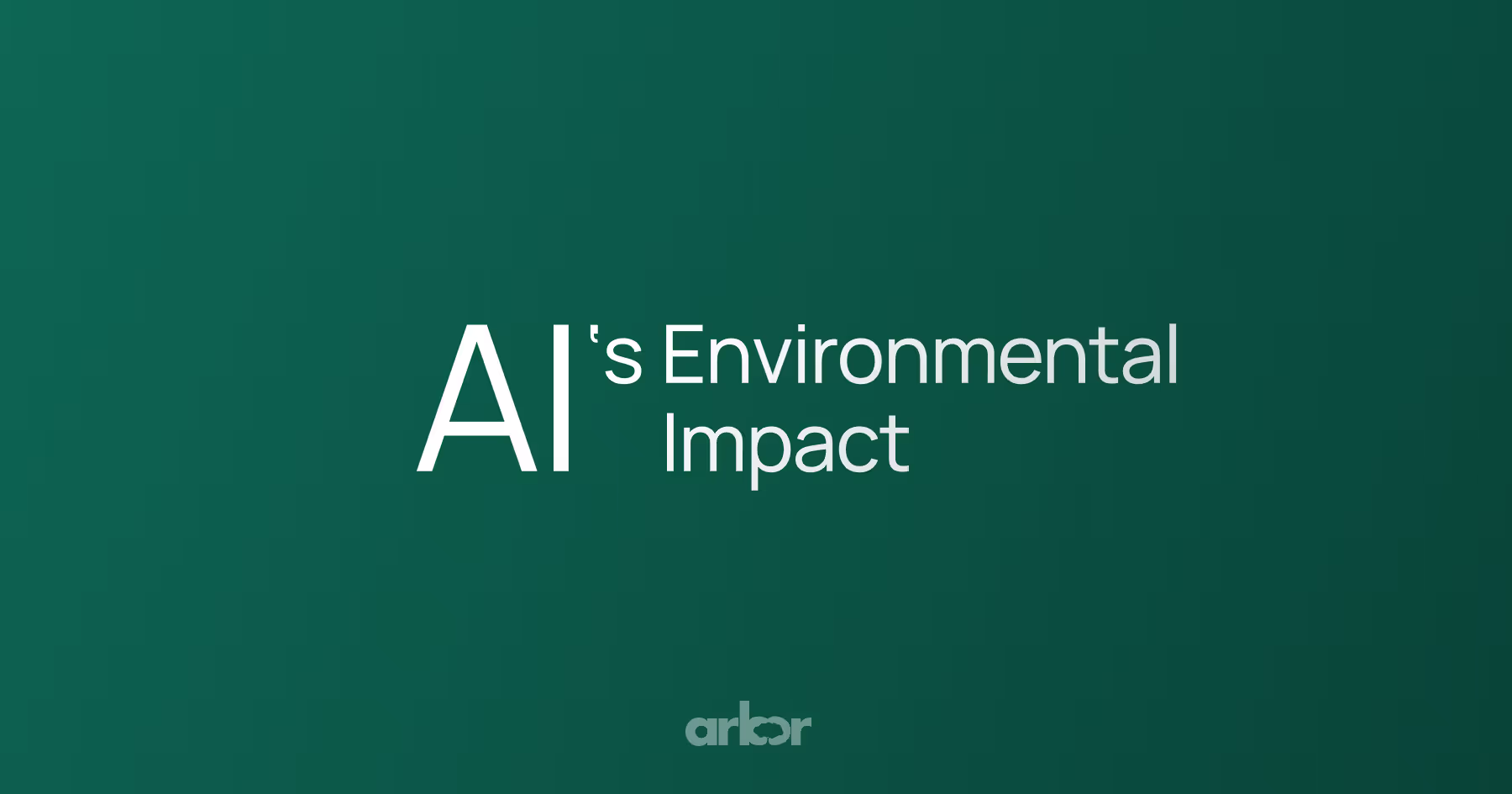





_.avif)
.avif)
%20Arbor.avif)




%20Software%20and%20Tools.avif)





.avif)
.avif)
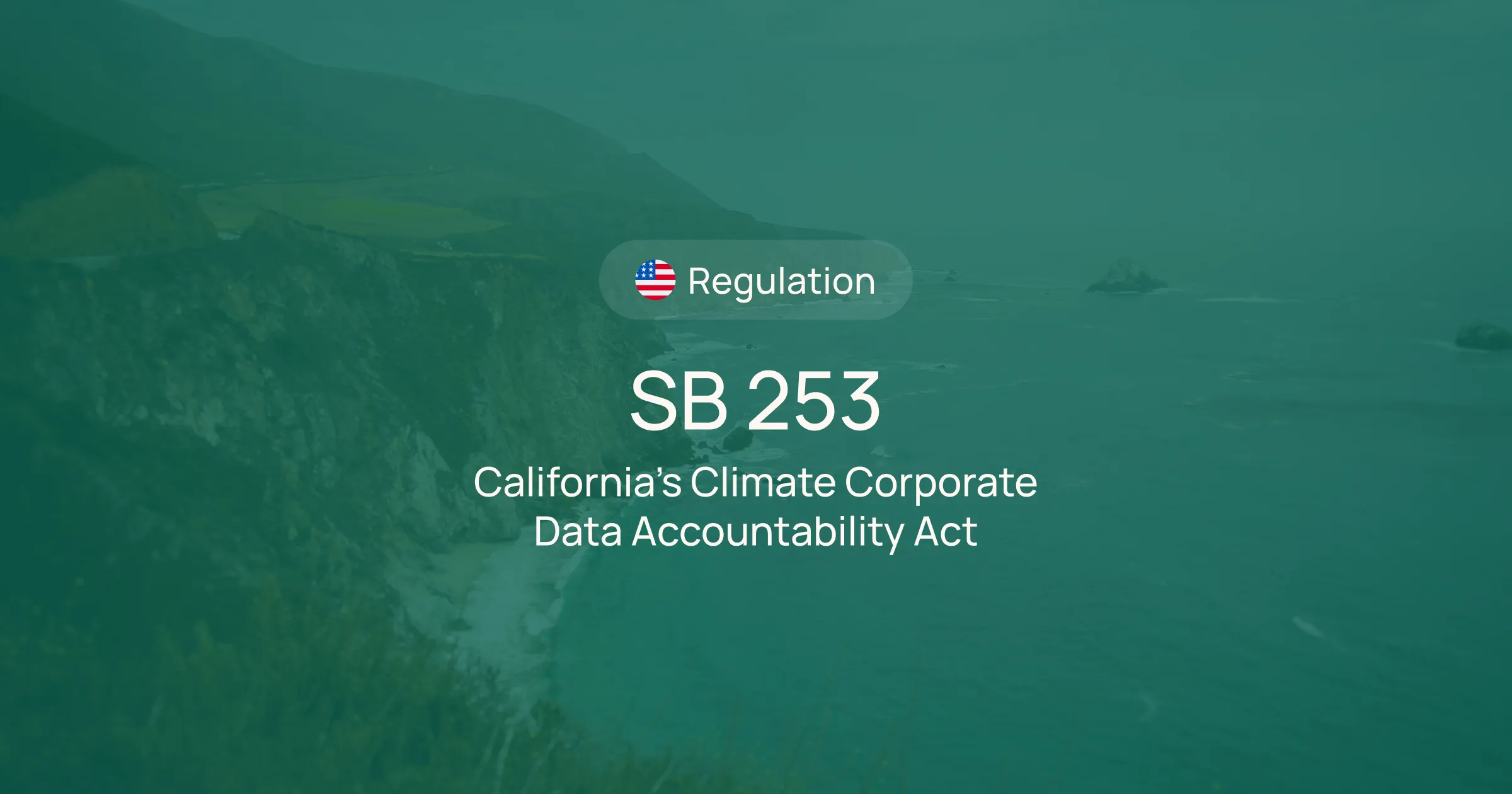



%20EU%20Regulation.avif)












.avif)


%20Arbor.avif)









_%20_%20Carbon%20101.avif)







.avif)

.avif)
.avif)



.avif)








